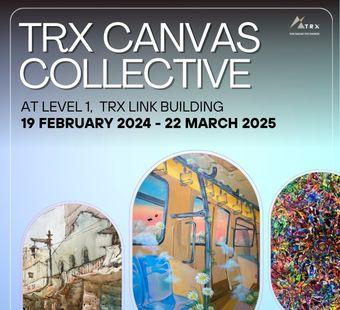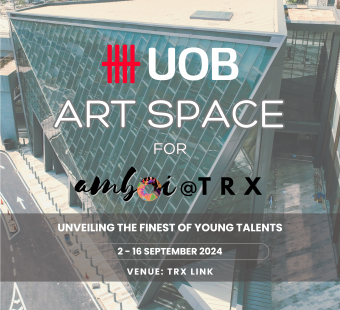As cities and their economies change, some custom-built spaces inevitably become redundant. However, creative design has led to many buildings, often with heritage and aesthetic value, being stylishly repurposed rather than demolished.
Korean specialty coffee in an old factory

Away from the hustle and bustle of the city in an industrial area, what looks like an abandoned factory warehouse from the outside opens up into a hipster hideout with impeccably stylish credentials.
Keith Chua, the managing director of Bean Brothers Malaysia, was looking for a space to showcase the “third wave” artisanal coffee culture he had experienced in Korea.
“We needed a very big space to fit in the office, our roastery, and our academy,” Chua told BFM.
Rather than simply renting retail space, a former printing factory in Sunway Damansara was repurposed. “We wanted to retain the original touch as much as possible. We used a lot of metal elements, wood and cement,” Keith added.
The result is an attractive industrial style, balanced with plenty of natural light, and graced with raw, unfinished touches: exposed brick, open beams, casually dangling cables, naked lightbulbs, and even a large hole in the ceiling looking up into the second floor.
The café is popular with patrons from nearby businesses as well as a growing coffee connoisseur crowd. The location has gained a reputation for its architectural choices and now hosts lifestyle events such as product launches and music nights.
19th century train depot lives on as leading cultural venue

Theatre power couple Faridah Merican and Joe Hasham founded the Kuala Lumpur Performing Arts Centre (klpac), one of Malaysia’s largest and most versatile theatre venues, in 2005.
An award-winning architectural marvel, the klpac complex was originally a 19th century wood-crafting workshop and sawmill that became part of the Sentul Works railway depot.
Set within the lush grounds of Sentul Park, much of the original structure and features have been retained and creatively reused.
The external façade of a former train workshop built in the 1900s by the British Army was preserved, and integrated with a modern, four-storey glass and steel structure, while timeworn railway sleepers were reborn as part of the landscaping, harmonising the old with the new.

“A lot of care was taken to preserve or re-use the original parts of the railway warehouse. For example, some of the steel beams date back to 1897,” YTL Design Group architect Baldip Singh told The Star.
Aesthetics have also been combined with practicality, including a lovely green wall of climbing plants snaking around stainless-steel supports that also functions as a natural sun screen.
Housing two theatre stages as well as classes and festivals, klpac produces 12 to 28 productions a month, and employs a staff of 40 alongside hundreds of freelancers.
Now nearly 15 years on, klpac continues to weather the inevitable challenges of sustaining a cultural venue of such magnitude to remain the crown jewel of the independent arts scene.
Creative hub rises from a ‘50s shophouse

Photo Credit : Malaysia
At the same time Liza Ho was looking to open an art gallery, her husband’s family was wondering what to do with their grandmother’s 1950s shophouse a stone’s throw away from the bright lights of the city centre.
This marriage of needs led to a reimagining of the Zhongshan Building as an arts hub that is home to a lively community of creative entrepreneurs, from artists, designers, musicians and archivists running everything from studios, design companies, record shop, DJ collective, fashion atelier, library, bakery and café. There is even a law firm!
The owners were determined not only to retain as much of the original structure and charm as possible - including keeping the name of the Zhongshan Association that used to meet there - but also provide the right environment to support sustainable creative businesses.

Photo Credit : Malaysia
A huge wall dividing one block from another was removed to reveal a gorgeous sun-drenched central courtyard, and minimalist doorways were introduced to allow easier access between the three interlocking blocks.
Original business units and living quarters were also divided up to allow tenants to share spaces, which enabled lower rents.
“It’s a communal effort and that is the key. It has become a place for artists/creatives to meet, share, discuss, collaborate and eventually create!” says Ho.
Within just a couple of years, this creative community is thriving and bringing a youthful energy back to the city centre.









